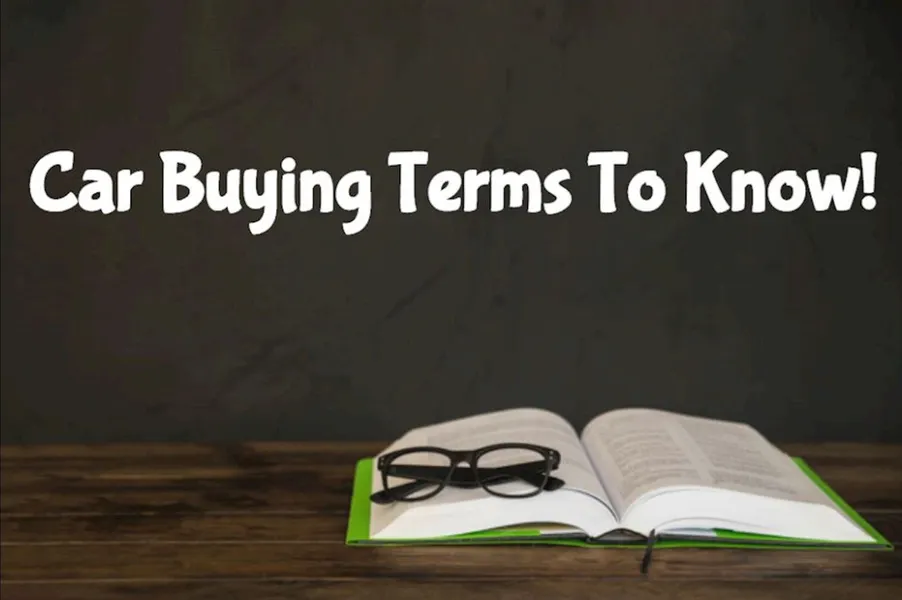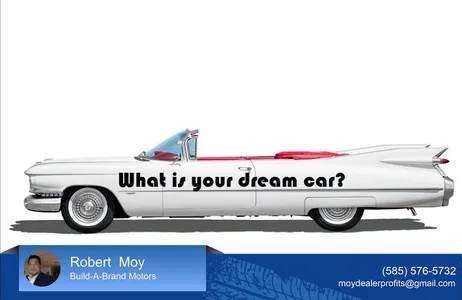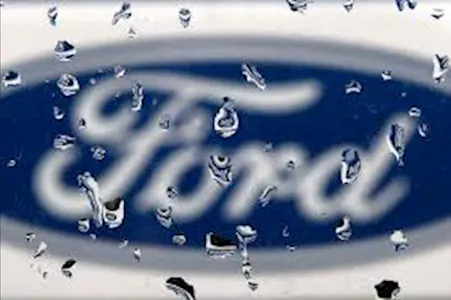If you are in the market to buy a new car, I am sure you have begun to research all the makes and models that are out there. Sometimes, in the middle of the research, you may come across words or terms you don’t fully understand. Sometimes, you may feel like you are speaking a completely different language from the sales professionals at your local dealership.
This is where I come in!
In order to ensure that you drive away with your dream car within your dream budget, we need to speak the same language. This short glossary of car buying and leasing terms can help you understand the details of the car buying process and put your mind at ease when you are ready to buy.
- Adjusted Capitalized Cost - The basis for calculating the monthly payment.
- Acquisition Fee—This is a fee charged by the lender. It is also called the bank fee or initiation fee.
- Base Price—This is the starting price of a vehicle with standard equipment, factory warranty, freight and destination charges. This doesn’t include additional options or features.
- Capitalized Cost - This is the negotiated price of the vehicle plus any add-on fees. This could include taxes, acquisition fees and other fees and accessories, too.
- Capitalized Cost Reduction—In a lease transaction, this is an up-front payment made at the start of the lease that exceeds the minimum amount due at signing. This amount can come from the lessee’s cash, rebate, or trade-in.
- Captive Finance Company - This is the car manufacturer’s own financial institution. Examples are BMW Financial, Lexus Financial, Ford Motor Credit and Toyota Motor Credit.
- Closed-End Lease—These contracts disclose the vehicle’s residual value at the end of the lease term on the contract.
- Dealer Cash - This is a marketing incentive from the manufacturer.
- Dealer Charges - Fees charged by the dealer for additional services or products such as paint protection packages, window etching or extended warranties.
- Direct Financing - This is where the consumer arranges their own auto loan directly through a bank or credit union.
- Equity - Equity is when the value of the vehicle exceeds the amount owed on the loan or lease. For example, if $1000 is owed on the vehicle and it is worth $6,000, the consumer has $5000 equity. This amount can be used as a down payment on their car-buying purchase or lease.
- Excess Mileage - This is where the lessee exceeds the allowed miles on their lease. Generally, the leasing company will charge a per-mileage charge at the end of the lease for each mile exceeded on the lease.
- Excess Wear & Tear - Visible damage to a vehicle that is above and beyond what is considered normal wear and tear.
- GAP - GAP stands for Guaranteed Auto Protection and is a debt cancellation policy. In the event of a total loss on your vehicle, GAP protection covers the difference between the market value of your vehicle from the amount owed on your loan or lease.
- Loan to Value Ration—(LTV) Ratio between the sales price or appraised value versus the loan amount. To calculate this ratio, divide the price or value into loan amount.
- Market Value- The price for which the vehicle will currently sell.
- Negative Equity-This is when the amount owed on the vehicle loan or lease exceeds its current market value.
- Upside Down—This is when a vehicle’s trade-in value is lower than the outstanding balance owed on its loan or lease. This is also referred to as negative equity.
These are only a few of the car buying terms we use here at ABC Motors daily. Hopefully, they will help you feel better equipped to go into the car buying process knowledgeable and come out smiling on the other end!
If I can help you in any way, please contact me today.
Robert
(585) 576-5732(cell)











